5 Bike Handling Skills Every Triathlete Should Know
Why triathletes should focus on bike handling skills
Competency with your bike handling skills gives you a decisive advantage over your competition. You gain the experience, knowledge, and practical ability to bike better and more efficiently. Success at a triathlon depends on how well you can gauge your environment. You’ll be surrounded by people, have to traverse across various kinds of terrain, and your journey will be long. That is why you should be completely comfortable with riding your bike for long hours. Here are five key bike handling skills that will help you become a more successful triathlete.
Pro tip: follow these steps before every ride to ensure your helmet fits.
The skills every triathlete should nail
-
Starting and Stopping
These are the most basic bike skills that you must master. Without having solid control over your bike, you could end up in an accident. If your bike uses clip-on pedals, then you should become familiar with them. Practice clipping and unclipping your pedals while riding until you perfect it.
-
Braking and Corners
Speed isn’t always your best friend when it comes to triathlon. This really applies to corners. Instead of pressing down on the brake once you reach the corner, try slowly braking as you near it. This way, you get time to think about the turn you’ll make and pre-emptively react to any dangers ahead.
-
Bike Handling and Shifting gears
Your timing with gear handling should be impeccable. You can achieve this by spending as much time riding on the roads as you can. The natural environment will teach you how to gauge the timing of your shifting. Once you develop this skill, you’ll begin to shift your gears more naturally as you get to your location.
-
Know your Cadence
The cadence in a bike is the number of times you can pedal per minute. Cadence is also known as pedaling rate. Triathletes should be able to maintain a consistent pedaling rate between 90-100 revolutions per minute. By practicing every day, you should be able to get to this level.
-
Drinking while biking
If you’re going to compete in a triathlon, your nutritional intake should be right. You don’t want to get dehydrated during the event nor do you want to feel anything less than your best. That is why you should practice grabbing your water bottle while your biking. You can do this by biking slowly at first, as you reach to your water bottle holder to grab the bottle, drink from it, and place it back. Over time, you will gain the confidence to do this with ease. Pro tip: you will spill and your bike will get dirty. Take the time to clean it with these simple steps!
These basic bike handling skills will take you from a cyclist to a real competitor. You need more than a better bike to succeed at triathlon. Developing your skills is what will help you achieve success. If you’re in the market for a new bike, make sure you know the differences between triathlon and road bikes.

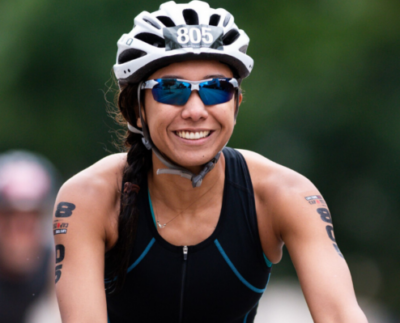
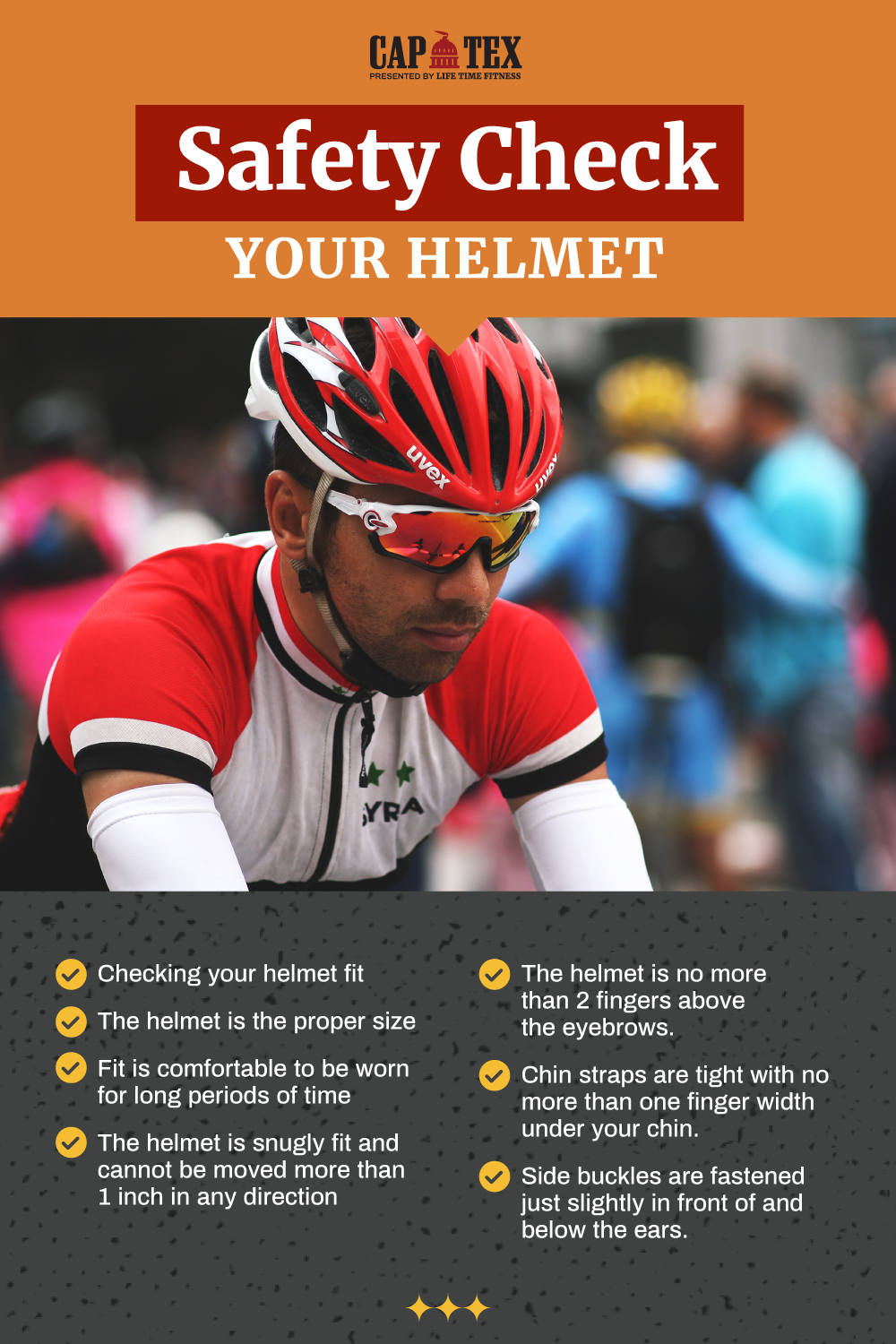 To keep the helmet in place, the next step is ensuring the chin straps are long enough to reach under your chin and can be tightened securely. This part is especially important because you do not want to be dealing with an ill-fitting helmet during your next tri.
To keep the helmet in place, the next step is ensuring the chin straps are long enough to reach under your chin and can be tightened securely. This part is especially important because you do not want to be dealing with an ill-fitting helmet during your next tri.  Additional Tips
Additional Tips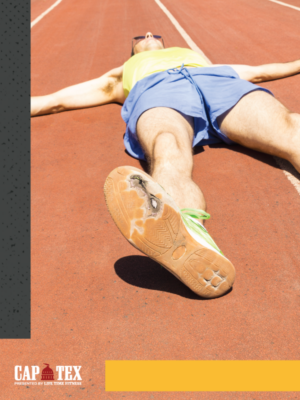
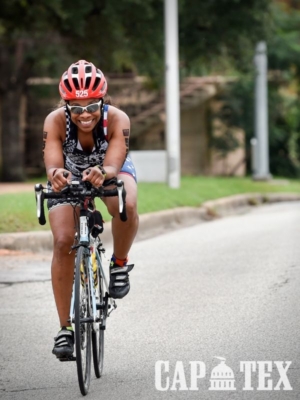
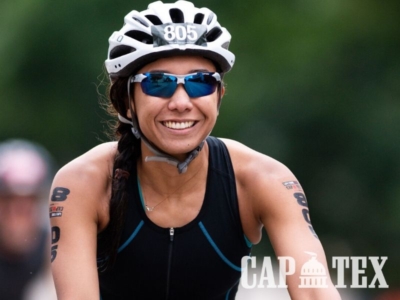 Clearer view
Clearer view
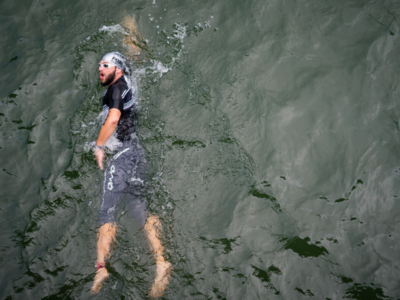 2 x 25 over-exaggerated flutter kick (with kickboard)
2 x 25 over-exaggerated flutter kick (with kickboard)